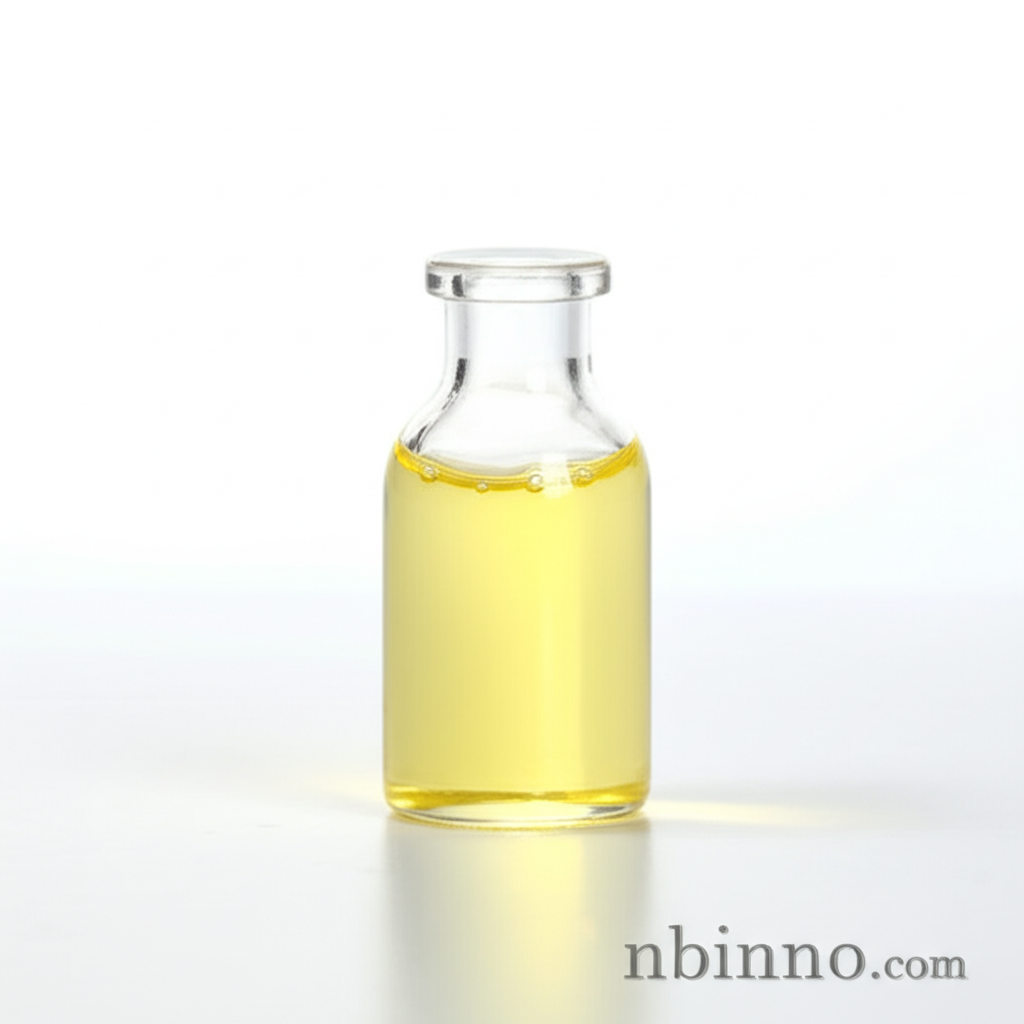(R)-(+)-2-Aminomethyl-1-ethylpyrrolidine: A Key Intermediate in Pharmaceutical Synthesis
(R)-(+)-2-Aminomethyl-1-ethylpyrrolidine is a vital chiral building block for developing advanced pharmaceuticals and complex organic molecules.
Get a Quote & SampleProduct Core Value

(R)-(+)-2-Aminomethyl-1-ethylpyrrolidine
This compound is a critical chiral intermediate widely utilized in the pharmaceutical industry. Its specific stereochemistry and functional groups make it indispensable for the synthesis of various active pharmaceutical ingredients, particularly those targeting neurological disorders and infectious diseases. The compound's ability to interact with specific biological targets like dopamine receptors and enzymes underscores its significance in drug discovery and development.
- This chiral building block is essential for the synthesis of dopamine D2 receptor ligands, which are vital for developing novel antipsychotic drugs, contributing to targeted treatment of psychotic disorders.
- Its role as an intermediate in synthesizing antimalarial compounds, with some derivatives showing potent activity against Plasmodium falciparum, highlights its therapeutic potential in combating malaria.
- The compound is a key component in the development of acetylcholinesterase inhibitors, crucial for regulating neurotransmitter levels and treating cognitive disorders.
- Researchers utilize this compound in asymmetric synthesis, enabling the creation of enantiomerically pure pharmaceutical agents with precise biological activities.
Key Advantages
Versatile Synthetic Utility
The compound's reactive functional groups allow for a wide array of chemical transformations, making it a versatile synthon for creating complex organic molecules and diverse chemical structures.
Stereochemical Precision
As a chiral molecule, it enables precise control over stereochemistry in synthesis, which is paramount for achieving the desired pharmacological activity and minimizing side effects in drug development.
Broad Biological Activity Potential
Derivatives synthesized from this compound have demonstrated significant biological activities, including antipsychotic, antimalarial, and potential antitumor effects, opening avenues for new therapeutic applications.
Key Applications
Pharmaceutical Intermediates
Essential for the synthesis of various APIs, including those for neuropsychiatric conditions and infectious diseases, leveraging its specific chiral properties.
Asymmetric Synthesis
A valuable chiral building block for creating enantiomerically pure compounds, critical for the development of drugs with specific target interactions and improved efficacy.
Chemical Research & Development
Used in academic and industrial labs for exploring new synthetic pathways and developing novel compounds with potential therapeutic or material science applications.
Biochemical Research
Studied for its enzyme inhibition properties and receptor binding affinities, contributing to a deeper understanding of biological pathways and mechanisms of action.
